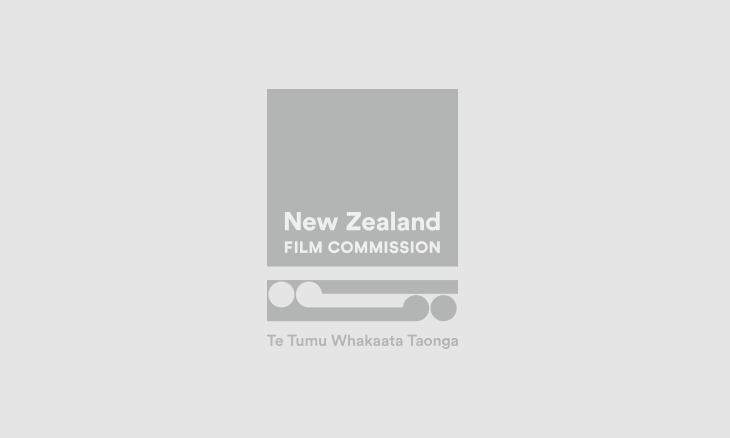
Aotearoa New Zealand has a globally competitive and thriving screen sector. We are renowned for our creativity and innovation, our diverse and accessible landscapes, and our highly skilled and experienced crew. We produce world class productions like The Power of the Dog, Whina, Sweet Tooth, The Beatles: Get Back, and the upcoming Avatar Sequels which all shine the spotlight on our country and our screen industry.
For New Zealand, the screen industry is a huge economic asset. Since the introduction of the New Zealand Screen Production Grant (NZSPG) in 2014, more than 100 international productions have helped boost our economy. In the 2020/2021 period, production expenditure was recorded at NZ$985m. Expenditure grew by an average of 20% each year since the NZSPG was introduced. The number of people directly employed in the screen sector has grown to nearly 5,400 full-time equivalents (FTE) in 2020/2021 and that figure balloons to 17,600 FTE if you include those in the supply chain.
Governments around the world use policies and funding (including financial incentives) to encourage and support the screen industry. Economic impact studies are a valuable tool in measuring the scale of screen production activity and its overall economic footprint. The New Zealand Film Commission (NZFC) believe it is important to understand the size and scale of the screen sector.. It is therefore critical to survey the sector and measure its economic impact. In 2020 the NZFC commissioned UK based agency Olsberg SPI (“SPI”) to carry out this work.
SPI is an internationally-renowned creative industries consultancy with a proven track record in economic impact studies. It has become one of the leading international consultancies offering expert advice specialising in the global screen sector. The methodology it uses in this report is used in similar studies in a range of countries including Ireland, the UK, several US states, and Australia.
Globally, investment in screen content production is currently at unprecedented levels, with a ‘deluge’ of production being undertaken worldwide. This report sets out to empower industry decision-makers in growing their businesses, and policy makers at every level of local and national government. It is however important to note this report is not a cost benefit analysis of the NZSPG and does not make any assumptions about what might happen to the New Zealand screen sector if New Zealand’s screen incentive, the New Zealand Screen Production Grant (NZSPG) was no longer available.
With competitive incentives, and continued investment nurturing diverse and creative talent, skills, and infrastructure, the screen sector can continue to support New Zealand’s economicgrowth.
In conclusion, I would like to thank everyone who has contributed to this report. To the many members of the screen sector in New Zealand who volunteered their time providing data and information, we thank you for your cooperation.
- Dame Kerry Prendergast, New Zealand Film Commission’s Board Chair.
Further information aon SPI's Economic Impact Studies can be found here.